

To date, nobody has made a great Warhammer 40,000 game. How's that? Just look at the embarrassment of riches the potential developer has at its fingertips. A vast and detailed backstory. Ready-made combat units. Army structures on a plate. That's half the job done already. And what delights have we previously been served up? Chaos Gate. Final Liberation. Rites of War. Fire Warrior. Up until now, the 40K-on-PC pedigree has been rather more Chum than Winalot. Yet everyone who knows 40K understands that it could make a great PC game. And even those who don't have probably heard enough about this squad-level game to realise there's a vast amount of potential crossover.
And here it is. That 40K game. The one that's always been upriver somewhere. And it hasn't just fulfilled our hopes, it's exceeded our eagerest expectations.
Few modern RTS games can hold a candle to Dawn of War. A bold statement, granted. And I'm not talking about the fact it's full of Space Marines and Daemons and all that other stuff that pleases the tabletop gamers among us. While Dawn of War interprets Games Workshop's sci-fi game with a high degree of accuracy, it's also an intelligent RTS that puts the focus of battle in all the right places: territorial gain; combined-arms combat; front-line scrums. What's more, it does so in a way that reflects the best elements of the best RTS games. It's as accessible and immediate as Generals, as frenetic and demanding as Starcraft and Total Annihilation, as multitudinous as Medieval, and as loaded with visual narrative as Homeworld.
Dawn of War is the Where's Wally of RTS. You can see that from the screenshots, and yes, this really is how the game looks. Once you've wound up your toy soldiers and sent them to war, it's impossible not to skim around the battlefield, watching the minutiae of unfolding conflicts. At the bottom of the ladder, you've got your Space Marine scouts fighting hand-to-hand with Orks. MeleZ is an impressive sight itself, as each side has its own style of fighting and combat animations; slashes, stabs, parries and final cuts. Pan around, and you might see a Dreadnought slugging it out with a Chaos Defiler as the troops surge all around. Sparks fly and casings clank as the towering constructs pummel each other with electrified weapons. Artillery hurls whole units skyward like clods of earth, leaving any survivors to drag themselves out of the steaming craters and return to the fray. A 20-foot daemon strides across the battlefield, playing man-hockey with his axe, and gnawing the heads off troops like blood-filled jelly babies. The experience is accented by a sense of juddering impact as the missiles strike and the shrapnel flies. This is mainly due to a blend of camera shake, particle effects and explosive lighting as mass turns critical, but sound effects are also important. There's a solid sense of the physical, as chainswords idle and growl, rapid-firing weapons vomit countless liquid rounds, and armoured hulls clank and rattle in reply. It's a remarkable scene, and the temptation to spectate at the expense of army management is all-too compelling.
Moreover, the spectacular action is not as hardware-sapping as the tableaux adorning these pages might suggest. You won't need a Radeon X800 to run this game, for unlike many modern games, Dawn of War's engine leans a little more on your CPU than your 3D card. Of course, a 16 pixel-pipe wallet-ripper is going to make any game sizzle, but performance-wise, we found a P4 2.4 with half a gig of RAM and a Radeon 9700 more than adequate.
Beneath the characterisation and endless animation there's a balanced, coherent and solid RTS. Resource management comes in the form of strategic points. Once captured, these provide a drip-feed of requisition points which are spent on new troops and structures. Strategic points also represent territorial gain, and so the conflict tends to focus upon these critical areas, adding to the sense of desperate struggle. The big battles tend to take place out in the field, and it's not until you've severely depleted an enemy and snatched the resources that you can start making headway towards his base for the last crack. The other resource is power, which comes into play when you begin building vehicles. Power is produced by generators at your base and, if anything, limits your abilities to build up massive tank armies. You have to be picky about what you spend power on, and that keeps the game balanced.
Combat is divided into two categories: ranged and melee, and noting the distinction between the two is vital. For example, if a unit of Space Marines toting heavy weapons is giving you grief, it's wise to engage them in melee, as this neutralises the threat from their guns. Some troops are custom-built for this, as they utilise jump-packs to leap into the fray, making swift flanking strikes a useful threat-elimination tactic. Likewise, concentrating fire on hand-to-hand specialists as they charge is a key counter-tactic. And while the spectacular ranged weapons grab the headlines, many battles are brutally concluded with knives, swords, power-fists and giant demonic axes. In fact, the most impressive clashes occur in close combat, as each distinct unit-type has its own series of animations and finishing moves. Generally speaking, the larger the unit, the more animations it has. And the really monstrous fellows that lurk at the top of the tech tree, such as the Eldar Avatar and the gigantic Ork Squiggoth, are pure pleasure to behold as they rampage across the battlefield, bowling troops over like nine-pins and wreaking the kind of havoc you just won't see in any other RTS.
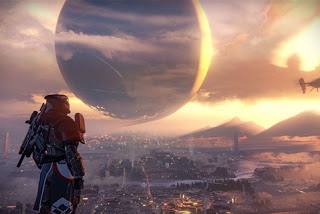
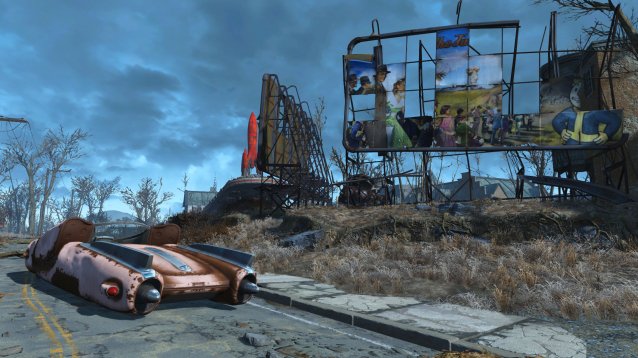
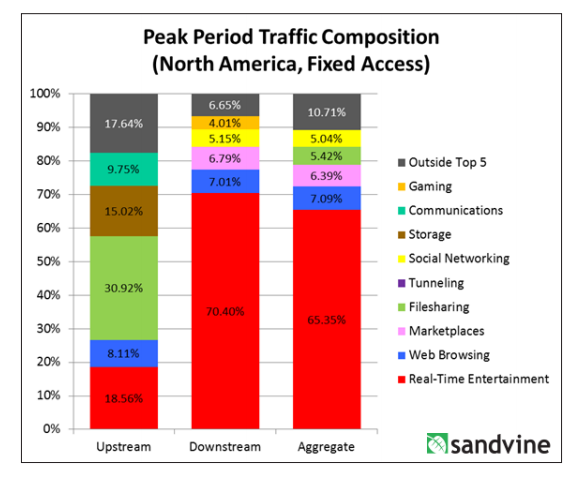
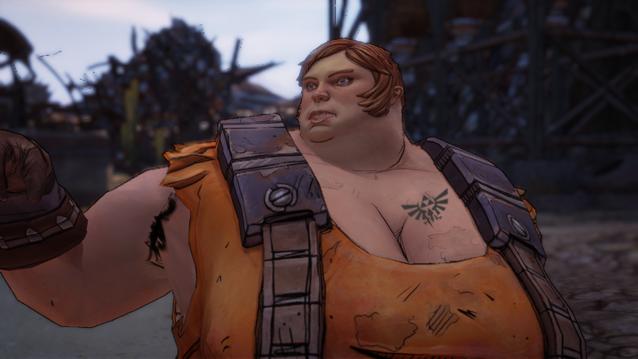
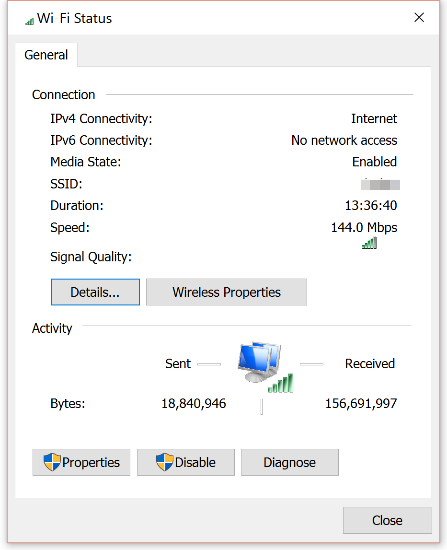 How to View Saved Wi-Fi Passwords on Windows 10
How to View Saved Wi-Fi Passwords on Windows 10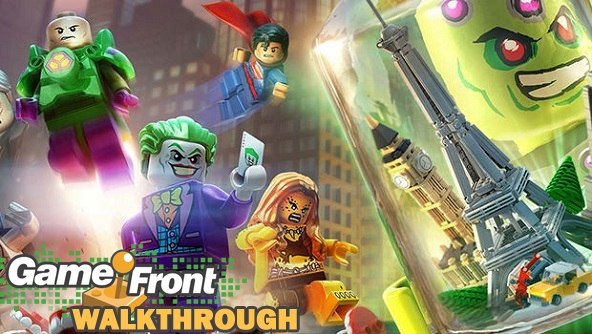 Lego Batman 3: Beyond Gotham Walkthrough
Lego Batman 3: Beyond Gotham Walkthrough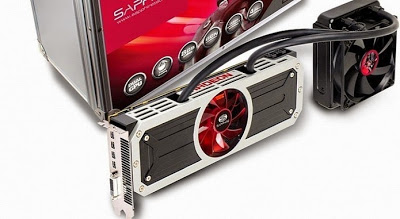 RadeonPro: Record your gameplay in ATI Radeon cards
RadeonPro: Record your gameplay in ATI Radeon cards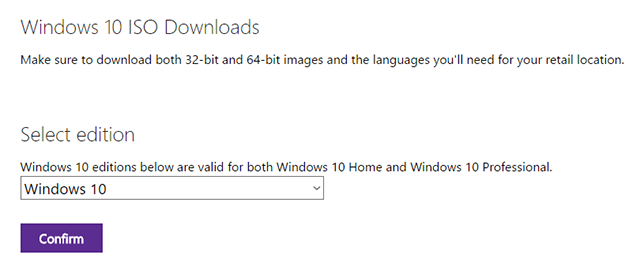 You Can't Download Windows 10 ISOs Anymore... Or Can You?
You Can't Download Windows 10 ISOs Anymore... Or Can You? The Witcher 3: Wild Hunt Monster Guide - How to Beat the Royal Griffin
The Witcher 3: Wild Hunt Monster Guide - How to Beat the Royal Griffin